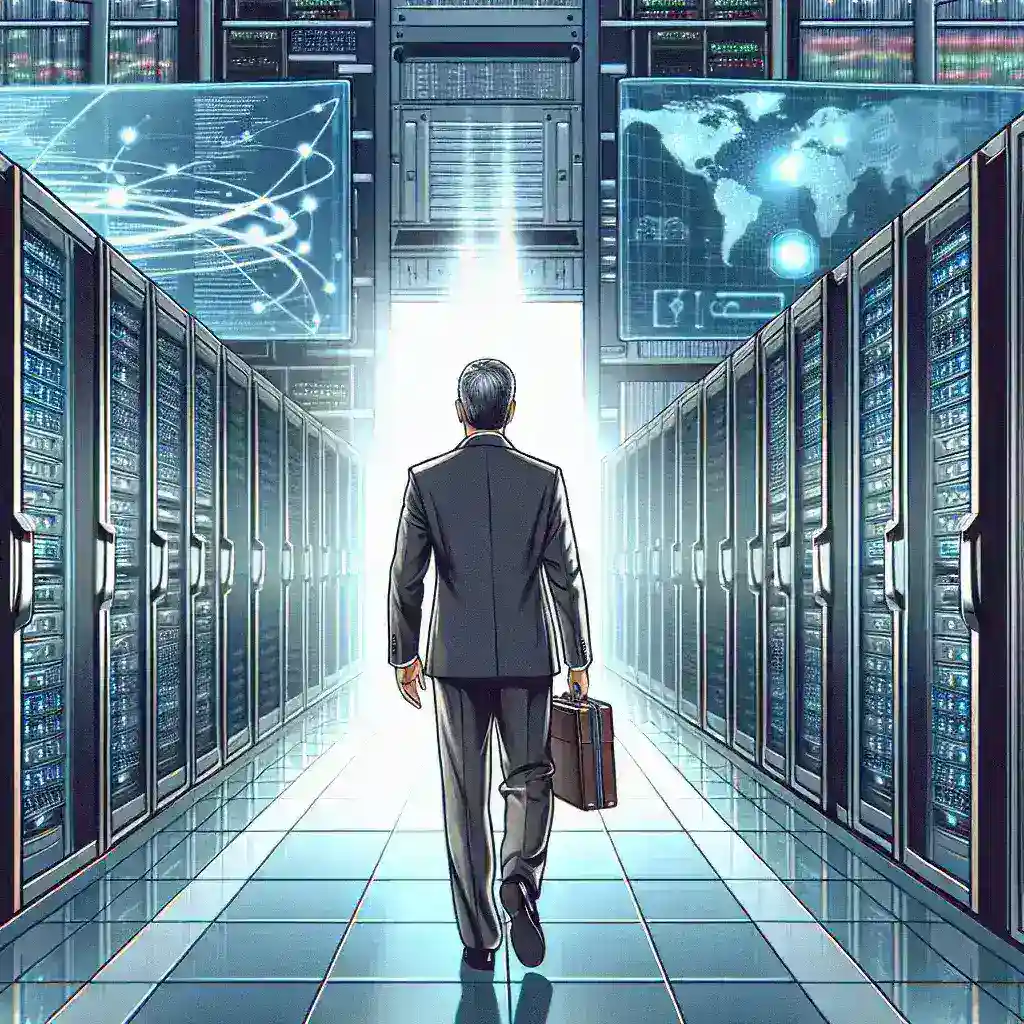Introduction
Tesla Inc., the renowned electric vehicle manufacturer, has recently encountered a significant leadership change that has raised eyebrows across the tech and automotive industries. The departure of a key executive who was overseeing the development of Tesla’s Dojo supercomputer marks a pivotal moment for the company. But what does this mean for Tesla, its ambitious AI projects, and the future of autonomous driving technology? In this article, we will delve deep into the implications of this leadership shift, the Dojo supercomputer’s role within Tesla’s strategy, and what the future might hold for the company.
Understanding the Dojo Supercomputer
The Dojo supercomputer is integral to Tesla’s vision of advancing artificial intelligence and machine learning capabilities. Designed from the ground up, Dojo is intended to process massive amounts of data generated by Tesla’s fleet of vehicles. Its primary purpose is to enhance the company’s Full Self-Driving (FSD) and advanced driver-assistance systems (ADAS).
As the demand for AI-driven solutions intensifies, Tesla’s Dojo project represents not just a technological advancement but a strategic advantage in the competitive landscape of autonomous driving. The significance of this supercomputer cannot be overstated—it is poised to enable Tesla to train its neural networks more efficiently and effectively, potentially leading to breakthroughs in vehicle autonomy.
The Departure of a Key Executive
The recent news of a key executive’s exit who was overseeing the Dojo project has raised concerns and questions. While Tesla has not disclosed the specific reasons for this departure, it brings to light several critical considerations:
- Leadership Stability: Effective leadership is crucial for managing complex projects like Dojo. The loss of a visionary leader may lead to delays and uncertainty.
- Project Continuity: Transitioning leadership in high-stakes projects can slow down progress as new executives familiarize themselves with ongoing work.
- Talent Retention: High-profile exits can signal instability within the company, potentially prompting other talented individuals to seek opportunities elsewhere.
Historical Context
To understand the impact of this departure, it’s essential to examine Tesla’s historical context regarding leadership and technological innovation. Tesla has had its share of ups and downs in leadership—most notably, Elon Musk’s own tumultuous tenure has been marked by both visionary breakthroughs and controversies.
Historically, Tesla has been able to rally through executive changes, often emerging stronger and more innovative. However, the intensity and pace of the Dojo project may require a steadier hand, especially as competition increases. Companies like Google and Waymo are relentless in their pursuit of advancements in AI and autonomous driving technologies.
Future Predictions
Looking ahead, several potential scenarios could unfold in the wake of this executive departure:
- Accelerated Development: Tesla might leverage this change to bring in fresh perspectives, potentially accelerating the Dojo project’s development.
- Increased Investment: The company could choose to double down on its investments in AI and machine learning to ensure that Dojo remains competitive.
- Collaboration Opportunities: Tesla could explore partnerships with other tech companies to bolster its AI capabilities, spreading the risk associated with leadership changes.
Pros and Cons of Leadership Changes
Leadership transitions can have both positive and negative ramifications. Here are some key pros and cons to consider:
Pros
- Fresh Ideas: New leadership can bring innovative ideas and strategies that can lead to exciting advancements.
- Rejuvenated Team Morale: Sometimes a change in leadership can re-energize a team and refocus efforts on shared goals.
- Increased Accountability: With new leadership comes new accountability, which can lead to improved project management.
Cons
- Disruption: Leadership changes can disrupt ongoing projects, particularly in complex initiatives like Dojo.
- Loss of Vision: The new executive may not share the same vision, leading to potential misalignment in goals.
- Adjustment Period: Teams will need time to adjust to new leadership styles, which can impact short-term productivity.
Real Examples of Leadership Changes in Tech
It’s worth noting that many tech companies have experienced similar situations. For instance, when Satya Nadella took over as CEO of Microsoft, he implemented significant changes that revitalized the company. Nadella’s focus on cloud computing and AI transformed the company’s trajectory, showing how leadership changes can yield positive results.
Conversely, the abrupt departure of high-profile leaders can lead to instability. For example, the exit of former Intel CEO Brian Krzanich led to a period of uncertainty for the company, highlighting the risks associated with high-level leadership changes.
The Cultural Relevance of Technological Leadership
In today’s fast-paced tech landscape, the role of leadership in tech companies extends beyond mere business management. Leaders are often seen as the face of innovation and change. The departure of a key executive can have ramifications that ripple through the corporate culture, affecting employee morale and public perception.
Tesla has cultivated a strong culture of innovation, with employees driven by a shared mission to accelerate the world’s transition to sustainable energy. Maintaining this culture during leadership changes is crucial, as it can impact overall productivity and innovation.
Conclusion
As Tesla navigates the challenges and opportunities presented by the departure of a key executive overseeing the Dojo supercomputer, the company’s future hinges on effective leadership and strategic direction. The implications of this leadership change will reverberate through Tesla’s AI initiatives and broader corporate strategy.
In the competitive landscape of autonomous driving, Tesla must remain agile and adaptive, leveraging its strengths while addressing the uncertainties brought about by executive changes. As we look to the future, it will be fascinating to observe how Tesla manages this transition and continues to innovate in the face of challenges.
Call to Action
For enthusiasts and industry observers alike, staying abreast of Tesla’s developments is crucial. Follow the company’s announcements and news closely, as the next chapter in Tesla’s story unfolds.

